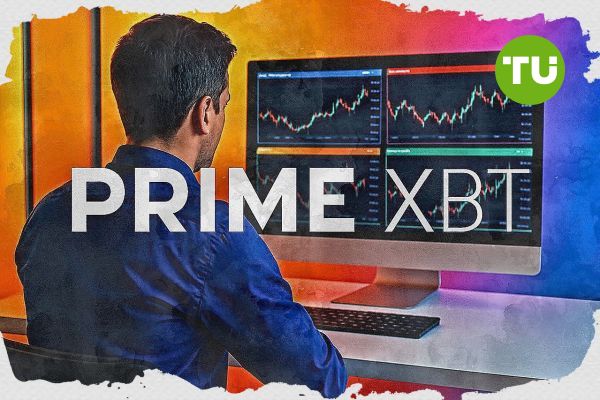No products in the cart.
How to Change Leverage on Your Trading Platform

How to Change Leverage on Your Trading Platform
If you’re looking to enhance your trading strategy, one important aspect to consider is leverage. Changing leverage can dramatically affect your potential returns and risks. In this article, we will explore how to change leverage on your trading account effectively. To start, it’s essential to understand what leverage is and how it influences your trading experience. If you’re interested in the fees associated with trading platforms, check out how to change leverage on primexbt https://primexbtforex.com/fees/.
What is Leverage?
Leverage in trading refers to the use of borrowed funds to increase the potential return on investment. Essentially, it allows you to control a larger position than your actual capital would allow. For example, with 100:1 leverage, you can control $100,000 with just $1,000 of your own capital. While leverage can amplify profits, it can also magnify losses, making it a double-edged sword.
Why Change Leverage?
Changing leverage can be beneficial for various reasons:
- Risk Management: Lowering leverage can reduce risk exposure, as it requires more margin to open positions.
- Market Conditions: Depending on the volatility of the market, you may want to adjust your leverage accordingly.
- Trading Strategy: Different trading strategies may require different levels of leverage to be effective.
How to Change Leverage on Your Trading Account
Changing leverage usually involves a few simple steps, though the exact process may vary depending on the trading platform you use. Below is a general guide to help you through this process:
Step 1: Log into Your Trading Account
The first step to changing your leverage is to log into your trading platform. Ensure you have your username and password ready.
Step 2: Navigate to Account Settings
Once logged in, locate the account settings section. This may be found under “Account,” “Profile,” or “Settings” depending on the platform. Look for options related to account management or trading settings.

Step 3: Find Leverage Settings
In the account settings section, look for leverage settings or margin settings. This is where you can view your current leverage ratio and options to adjust it.
Step 4: Adjust Leverage
Change the leverage ratio according to your trading strategy or risk tolerance. Most platforms provide several leverage options to choose from, such as 1:1, 10:1, 50:1, 100:1, or even higher in some cases.
Step 5: Save Changes
After selecting your desired leverage, make sure to save your changes. Some platforms may require you to confirm the change via email or SMS for security purposes.
Cautions When Changing Leverage
While it can be tempting to increase leverage to amplify potential gains, it’s essential to consider the risks:
- Increased Risk of Liquidation: Higher leverage means a smaller price movement can trigger a margin call or liquidation of your position.
- Stress Management: Trading with high leverage can lead to emotional stress, as potential losses can add up quickly.
- Regulatory Limitations: Some jurisdictions have restrictions on the amount of leverage that can be offered to retail traders.
Strategies for Managing Leverage
To use leverage effectively while managing risk, consider the following strategies:
- Start Low: Begin with lower leverage and gradually increase it as you gain experience and confidence.
- Set Stop-Loss Orders: Always use stop-loss orders to protect your capital when trading with leverage.
- Educate Yourself: Continue learning about leverage and risk management through courses, tutorials, and articles.
Conclusion
Changing leverage on your trading account is a crucial step that can help align your trading strategy with your risk tolerance. By following the outlined steps carefully, you can adjust your leverage settings to better suit your trading goals. Remember always to consider the associated risks of leverage and to apply risk management techniques to safeguard your investment.

